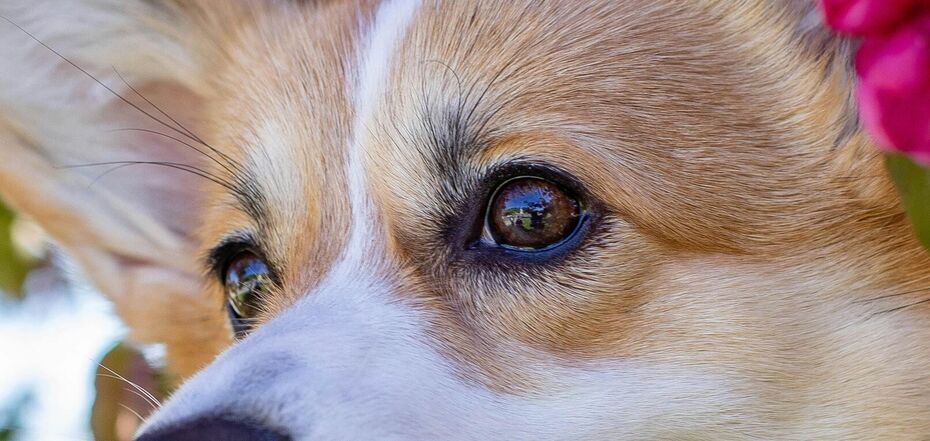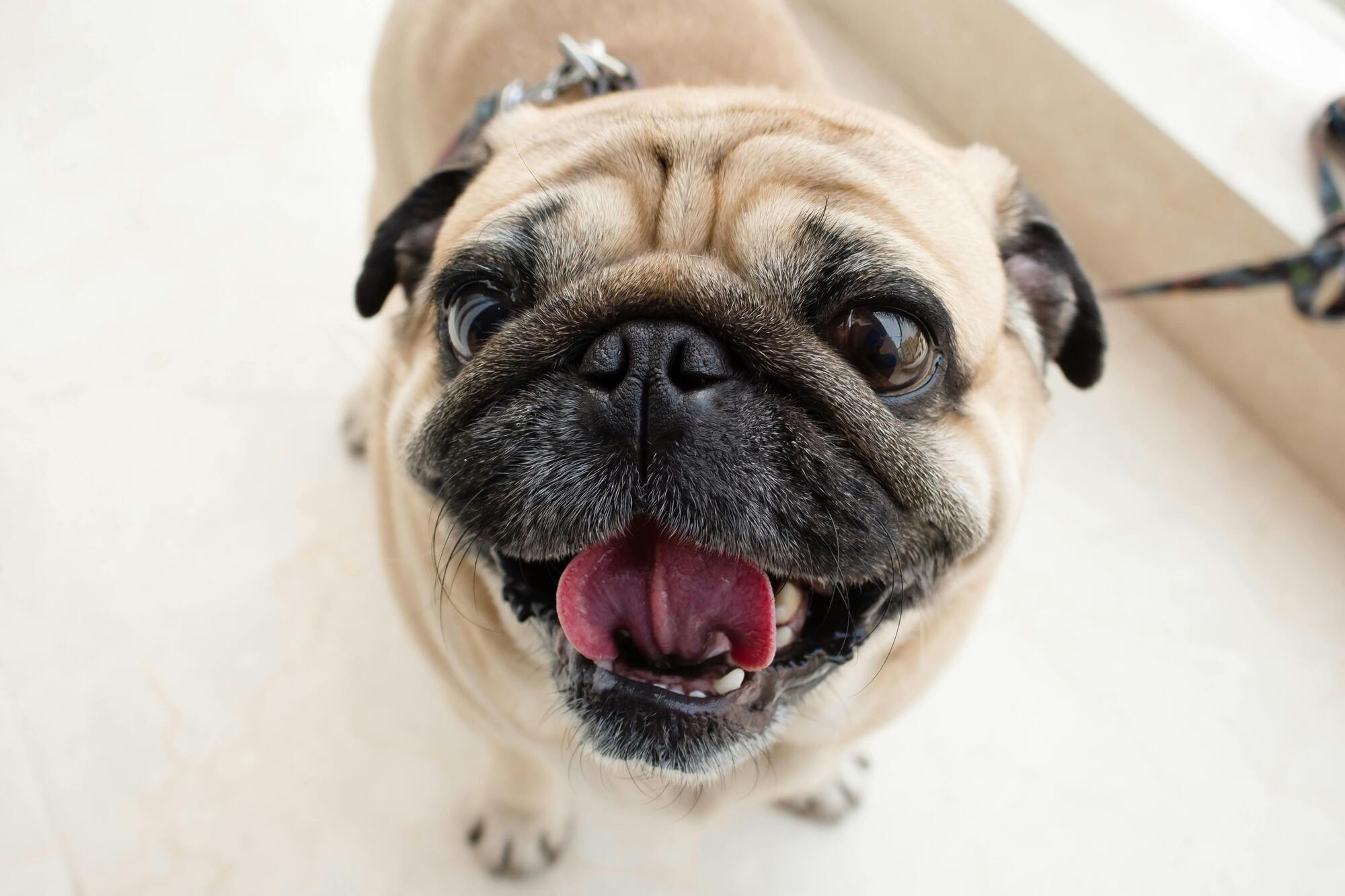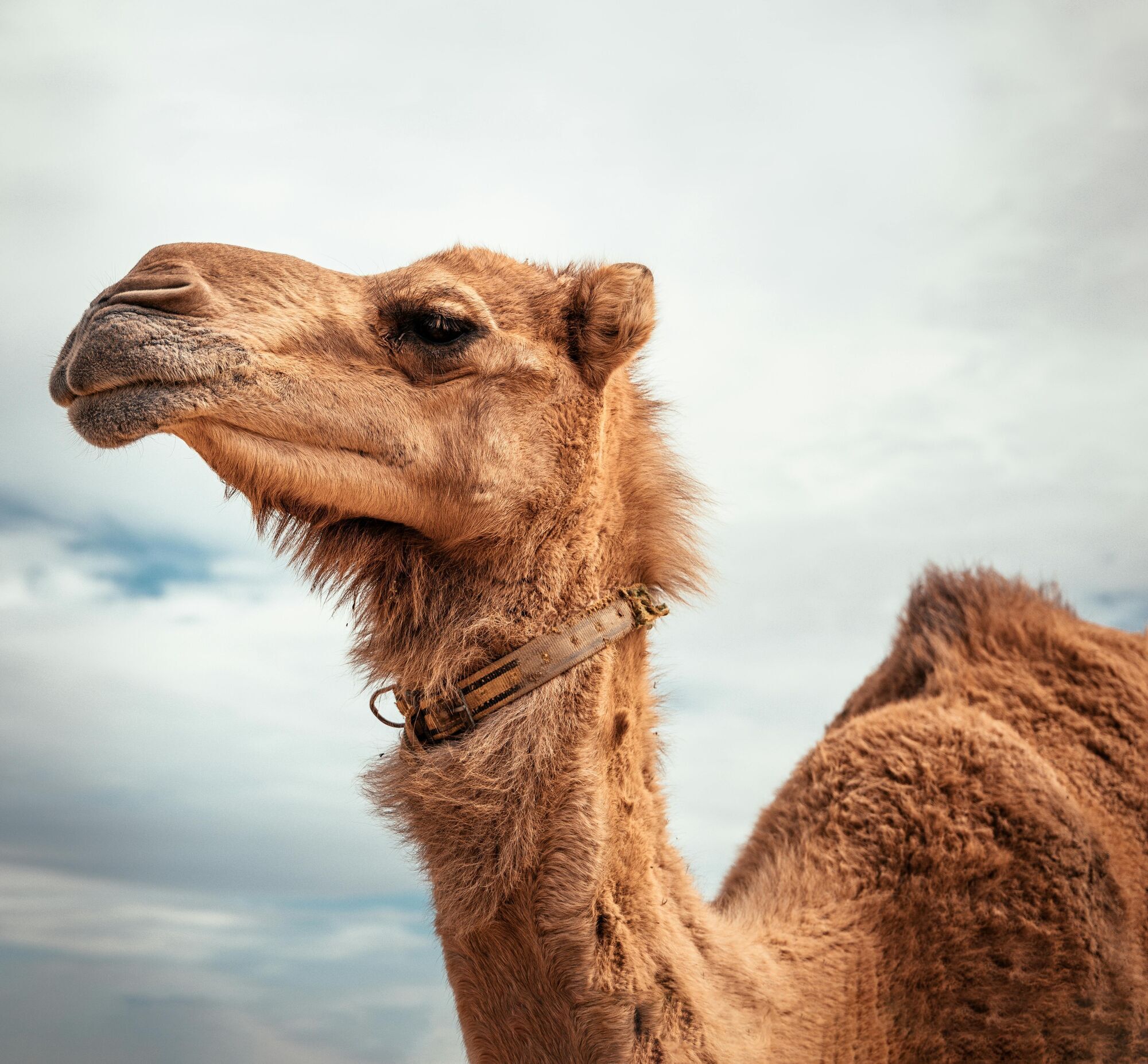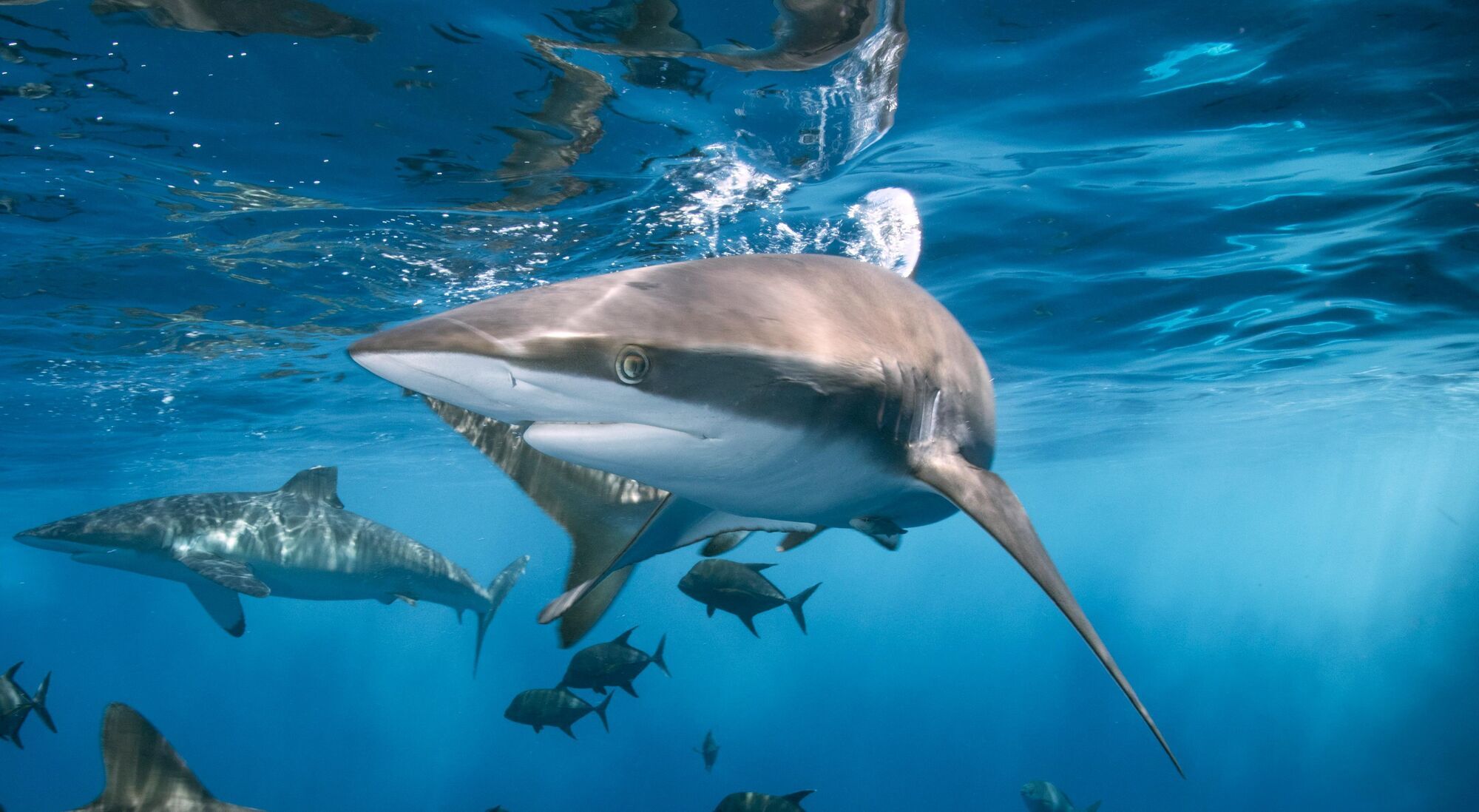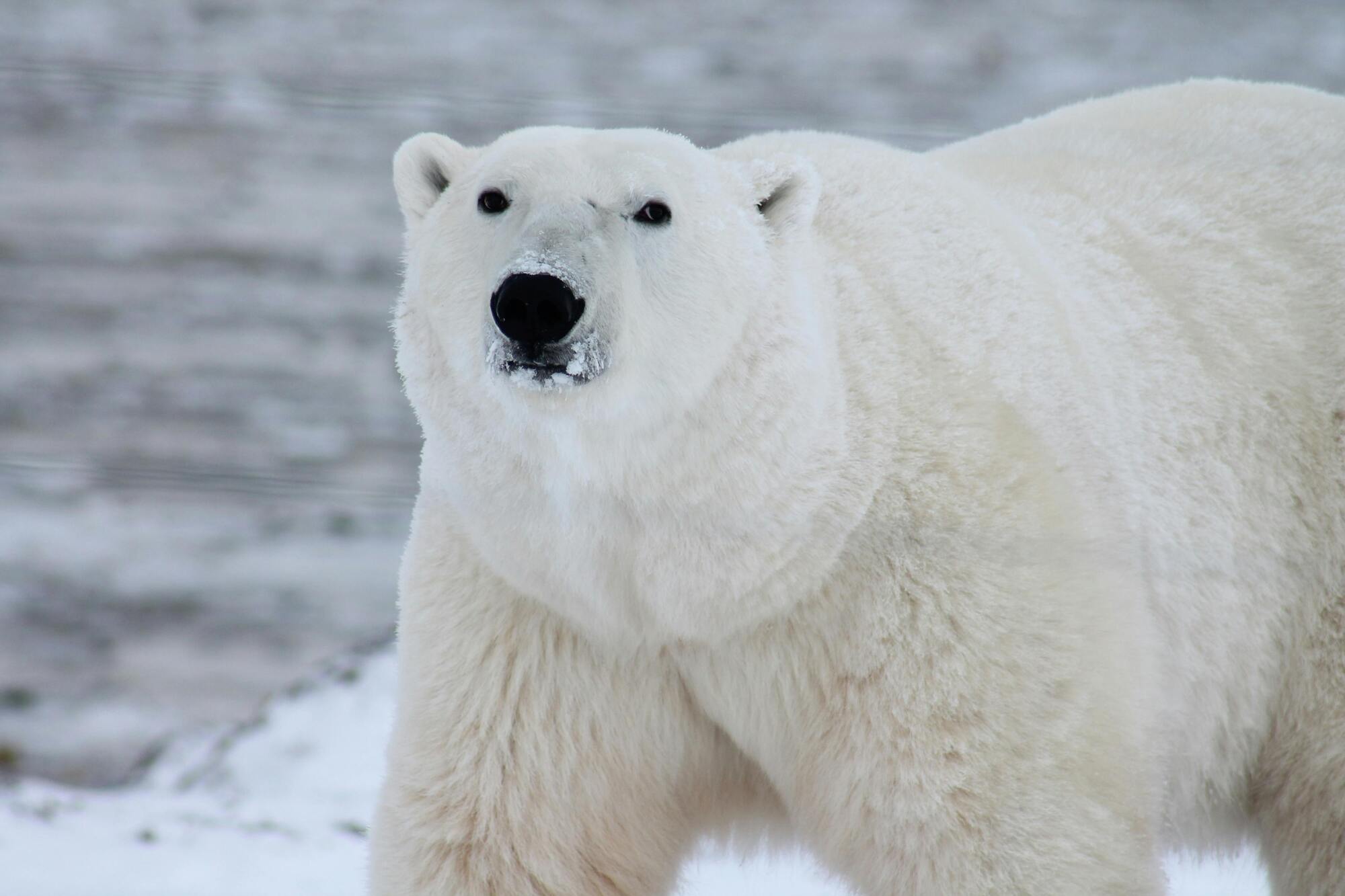News
Why cats, dogs and other animals have a third eyelid and humans do not
Pet owners have repeatedly noticed an extra eyelid in their pets' eyes. Such a fleshy "curtain" usually appears when they are half asleep or enjoying play and petting.
In fact, the third eyelid is part of the conjunctiva, a moist membrane that covers the entire sclera of the eye and moves horizontally. It is found in many species of mammals, birds, reptiles, amphibians, and fish, providing adaptation to different environments, IFLScience writes.
Scientists at the University of Bristol have found that the functioning of the third eyelid is no different from the upper and lower eyelids. It protects the eye and helps to remove small debris that gets on its surface. It distributes tears, keeping the sclera moist, which is especially important for dogs with flat faces, such as pugs and King Charles Spaniels.
Wildlife
For wild animals, the presence of a third eyelid plays an important role. It protects the eyes from foreign bodies when hunting in tall grass, bites, and scratches from prey or rivals.
The additional eyelid of desert animals is partially transparent, a feature that is crucial for camels, whose eyes can be easily damaged by dirt. It covers the exposed sclera, helping to preserve vision during a sandstorm.
For animals whose habitat is the seas, oceans, and rivers, the third eyelid serves as a protection against water. The translucent membrane ensures that they can see while diving, which helps large shark species when hunting.
Rapid air currents can damage birds' eyes. Raptors, such as falcons, use their eyelids during fast flights when hunting. For other species, it serves as protection from damage that can be caused by offspring while feeding.
Studies have shown that woodpeckers' skulls are injured while drilling into trees, causing the soft tissues of the eye to be damaged and sawdust to fall onto the mucous membrane. The third eyelid performs a dual function for them: it fixes the organs of vision and helps to avoid the ingress of foreign bodies.
Animals in the polar regions are vulnerable to snow blindness, a temporary loss of vision from the sun's ultraviolet rays reflecting off the white surface of the earth. There is an unconfirmed theory that the third eyelid absorbs harmful radiation. However, its transparency helps polar bears in underwater hunting.
Loss during evolution
Throughout evolution, a full-fledged third eyelid has become unnecessary in humans and most primate species. Reduced competition and the need for hunting reduced the likelihood of damage. The increased sensitivity of the human eye provides a faster reaction to potential danger by closing the sclera.
However, the third eyelid did not disappear completely. The plica semilunaris or flicker membrane is still visible in the corner of our eye. The crescentic fold performs a protective function and ensures that excess tears are discharged into the nasal cavity, which is why a runny nose appears when you cry.
Only verified information is available on the OBOZ.UA Telegram channel and Viber. Do not fall for fakes!


